R/V Oceanus Winches & Wire
Overview
Oceanus is outfitted with two permanently installed oceanographic winches
used to lower scientific instrumentation over the side. The winches are
configured to operate UNOLS standard hydrographic wire, 3-conductor
electro-mechanical cable, trawl wire and fiber optic cable. The WHOI-owned fiber
optical tow cable, when required for Deep Submergence programs, can be installed
aboard Oceanus. undefined
Hydro/CTD Winches
The vessel is outfitted with two winches which serve both hydrographic and E/M
applications.
| Winch particulars | ||
| Model: | Markey DESH-5 | Markey COM-15 |
| Power: | Electric, 480V, 60 HP | Electric, 15 HP |
| Rated Line Pull: | 10,954 lbs. bare drum 5,000 lbs. full drum |
|
| Average Working Speed: | 60-75 m/min depending on load | |
| Wire capacity: | 10,000 m of .322" E-M cable 9,200 m of 1/4" wire rope |
5,000 m of .322" E-M cable |
This DESH-5 winch has interchangeable drums that allow changing of cable type without a spooling operation. Drum changes take several hours using the ship’s crane. Except in emergency situations this task is done in port.
Both 1/4” hydrowire and .322” conducting cables are currently available for use on the Markey DESH-5 winch.
The winches are located on the 01 Deck. An extendable hydrographic boom mounted at the 02 Deck level amidships serves as the overboarding point. The boom is sited so that instruments can be launched over the starboard side at the point of least vessel motion, with protection from wind and boarding seas, and with direct access to the Wet Laboratory. Instruments can be launched through a gate in the bulwark rail, but are usually lifted over the bulwark. The winches (and hydro boom) are operated by a crew member from a station on the 01 Deck with a clear view of the winch, the main deck work area and over the side.
The cable is led directly from the winch to a fairlead sheave mounted at the base of the boom and then directly to the head block mounted at the end of the boom. Both sheaves have a tread diameter of 19”. In service the cable plumbs to a point 6-7 feet outboard of the rail. When fully retracted, the boom plumbs the cable 4 feet inboard of the rail and 8 feet aft of the Wet Lab doors. The head block has an unobstructed vertical clearance to the Main Deck of 19.5 feet.
Sensors for the cable monitoring system are mounted in the fairlead sheave. Cable parameters of line count, line speed and tension are monitored by a Metrox digital system and displayed in the Main Laboratory, at the winch control station and on the bridge. Voice “squawk box” communication between laboratories, winch and the bridge is provided with hand sets or head sets.
The winches are capable of computer-controlled operation which allows automation via input signals from scientific sensors. Persons desiring this feature should contact the Marine Operations Coordinator well in advance of the cruise to assure proper interfacing.
Winch drums holding .322” E-M cable are equipped with slip ring assemblies for transmission of electrical signals from rotating drums.
Trawl Winch
A traction-type, heavy duty winch system serving as the ship’s traditional trawl
winch is located below decks aft in a dedicated space.
| Winch particulars | |
| Model: | Dynacon Inc. Hydraulic Traction Winch |
| Power: | Electric, AC-SCR/DC, 150 HP |
| Rated Line Pull: | 50,000 lbs. static 42,000 lbs. continuous @ speed range: 0-30 m/min 10,000 lbs. continuous @ speed range: 0-122 m/min |
| Average Working Speed: | 60 m/min @ 20,000 lbs. |
| Wire capacity: | 9,200 meters of 9/16" wire rope 9,200 meters of 0.68" fiber optic cable |
| Min. Cable Bend Diameter: | 56 inches |
This winch is designed to handle UNOLS standard 9/16”, 3x19 trawl wire rope and the WHOI-owned .68” fiber optical tow cable. Currently two storage drums are in the WHOI inventory. Cable storage drums are interchangeable allowing the change of cable type without the need for a spooling operation. Drum changes take several hours using the ship's crane and are done only in port.
The traction winch system is composed of five basic components: the traction head pulling unit, the level-wind/guide device, the storage drum assembly, the electrical controller/hydraulic pump unit and the fairlead sheave assembly. All units except the fairlead sheave are located below decks. The storage drum is located under a deck hatch to facilitate drum changes. All instruments and attachments must be removed from the wire prior to passing through the sheave train.
In operation, the cable/wire is led from the storage drum (where it is stowed under low tension) to the level-wind/guide located immediately adjacent to the drum. It is then led directly to the traction head assembly which is the main load bearing and pulling unit. Five wraps are taken on the dual-headed traction unit to transition from the low storage tension to the high working load. The cable is then led directly up to the fairlead sheave located on the 01 Deck aft of the ship’s crane. The fairlead sheave is a universal flagging unit which permits the cable to be led to any point on the weather deck. Typically the cable is led directly aft to the ship’s stern “A” frame. The ship’s crane may also be used as an overboarding support point; this requires an additional boom crutch, available on request.
Sensors for the cable monitoring system are mounted in the fairlead sheave. Cable parameters line count, line speed and tension are monitored by a dedicated digital system and displayed in the Main Laboratory, at the winch control station and on the bridge. Voice “squawk box” communication between laboratories, winch control and the bridge is provided. A closed-circuit TV system monitors the winch with displays at the control station and on the bridge.
The winch is operated by a crew member and can be controlled from two stations. When the instrument is deployed and clear of the ship, control is switched to a station located in the after end of the Main Laboratory adjacent to depth recorders and other scientific display units and with a clear view of the main deck work area. This allows the winch operator to be physically integrated into the team running the station. The winch can also be controlled locally in the winch room.
Oceanographic Cables
Four standard categories of oceanographic cables (trawl, electro-mechanical/CTD,
hydrographic and coaxial) can be made available on board WHOI vessels. The
significant characteristics of each wire are given in the following
table.
| Trawl | Hydro | E-M/CTD | Fiber Optic | |
| Size | 9/16" | 1/4" | .322" | .681" |
| Length | 9,152 m | 9,152 m | 10,000 m | 6,000 m |
| Construction | 3 x 19 galv. | 3 x 19 galv. | 2 armor galv. | 3 armor galv. |
| Manufacturer | Macwhyte | Macwhyte | Rochester | Rochester |
| Manuf. ID | 9/16" AA | 1/4" AA | 01592 | 02351 |
| R.B.S. | 32,500 lbs. | 6,750 lbs. | 11,600 lbs. | 46,000 lbs. |
| Yield | 24,375 lbs. | 5,063 lbs. | 5,000 lbs. | --- |
| 2% Yield | 28,600 lbs. | 5,900 lbs. | --- | --- |
| S.W.L. | 14,300 lbs. | 2,950 lbs. | 4,500 lbs. | 14,000 lbs. |
| Wet Wt. | 1,370 lbs./km | 284 lbs./km | 462 lbs./km | 2,006 lbs./km |
| Dry Wt. | 1,614 lbs./km | 327 lbs./km | 571 lbs./km | 2,465 lbs./km |
| Min. Sheave Dia. | 21" | 12" | 12" | 48" |
| DC Resistance @ 20 deg | --- | --- | 3 cond., 9.4 ohm/1,000' | --- |
Backup or spare reels exist for each type of oceanographic cable through the UNOLS cable pool system. In general, because of weight and space limitations spare cables are not carried aboard Oceanus. On extended voyages, a backup reel for the most critical oceanographic cable can be carried aboard if requested and available.
All oceanographic cables aboard WHOI vessels are lubricated during manufacture with Grignard Chemical Co. Pre-Lube #6 or #19. Cables are periodically rinsed and lubricated with the same product during service. Cable lubrication may be deferred if there is concern about potential contamination of sampling.
It is imperative that oceanographic cables be used in a responsible manner which does not compromise their availability to subsequent investigators. Cables are expensive and at times in short supply. Reasonable care must be taken to maintain their integrity and extend their useful life. Questions related to the use of cables should be directed to the Marine Operations Coordinator during cruise planning.
Notes, cautions, and restrictions to the use of cables:
1. Cables are not to be loaded in excess of their safe working load. Caution must be exercised in lowering instruments which are heavy, entrap large volumes of water, or produce excessive hydrodynamic drag forces. This is particularly true when operating in moderate sea states or water depths greater than 4,000 meters.
2. Cables will not be permitted to pass over sheaves which are not properly sized (groove size and tread diameter) for that cable.
3. In general, devices are not to be clamped onto any conducting cable. This is to prevent damage to conductors and their insulation. The exception is that devices may be clamped within 100 meters of the termination.
4. Certain operations, such as dragging for moorings, deliberately subject cables to severe abuses such as kinking and abrasion. Whenever possible, the main cables will be protected from abuse by splicing or attaching sacrificial wires of comparable strength to the end.



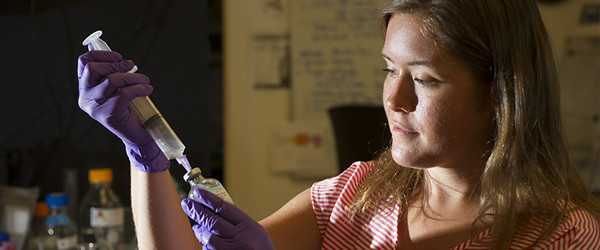

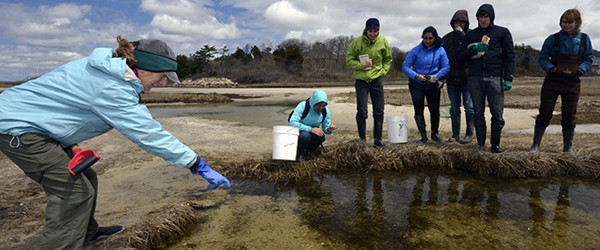
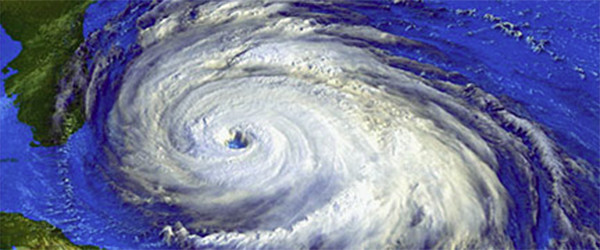
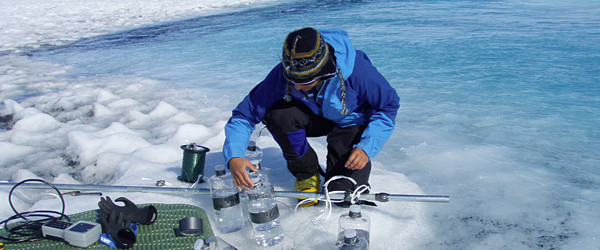

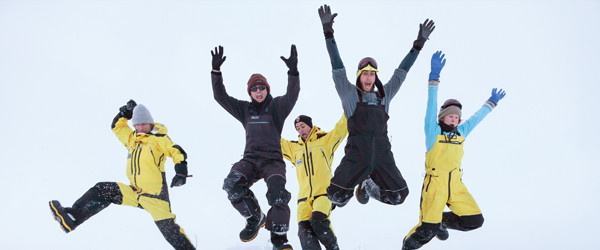
 Facebook
Facebook Twitter
Twitter Instagram
Instagram Vimeo
Vimeo YouTube
YouTube LinkedIn
LinkedIn RSS Feeds
RSS Feeds







